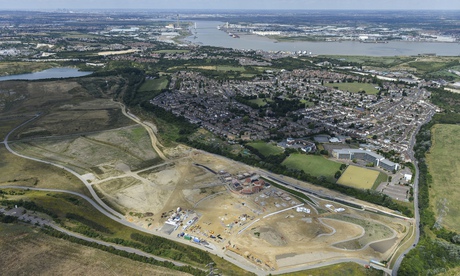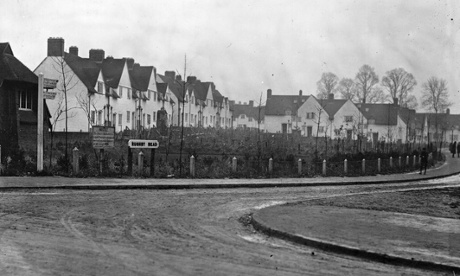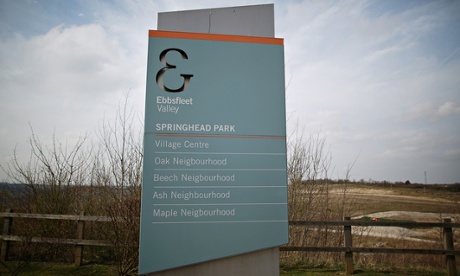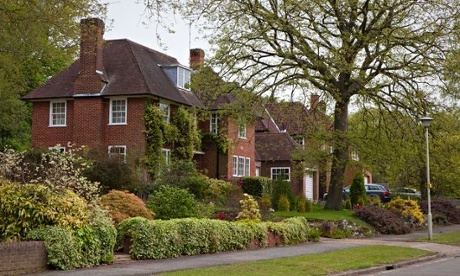Apple’s Tim Cook Says That He Is ‘Proud to Be Gay’

In a speech on Oct. 27, Timothy D. Cook, Apple’s chief executive, urged his home state of Alabama to move faster on ensuring equality for all.
SAN FRANCISCO — Timothy D. Cook, Apple’s chief executive, likes to tell people that his predecessor, Steven P. Jobs, urged him to be himself when he took over the company.
Mr. Cook is taking that advice. On Thursday, he said he was gay — the most striking example of how he is in many ways making Apple a more open, less secretive company.
"Let me be clear: I’m proud to be gay, and I consider being gay among the greatest gifts God has given me," Mr. Cook wrote in HYPERLINK
Mr. Cook’s decision is unlikely to have any major impact on Apple’s global business, said business analysts and professors. But they added that because it was a bold move, it was full of unknowns. No business executive of Mr. Cook’s stature has ever done something like this before. And while laws legalizing same-sex marriage are sweeping places like the United States, Latin America and Europe, gay rights advocates are still struggling to secure basic protections in Asia, where Apple generated 27 percent of its revenue in the fourth quarter.
Countries like Indonesia, Malaysia and Singapore have laws that punish homosexuality. In China, the site of many of the factories that produce Apple gadgets, there are no legal protections for gays and lesbians, and the government occasionally cracks down on rights advocates.
On Chinese social media, some homophobic jokes made the rounds, and Mr. Cook’s sexuality ranked as the top issue on China’s Twitter-like microblog Weibo. Users alternately supported Mr. Cook or hit out at homosexuality. The chief executive of the antivirus and search engine company Qihoo 360, Zhou Hongyi, joked by questioning whether Chinese tech leaders would imitate Mr. Cook and come out of the closet, just as so many copy Mr. Jobs’s style of presentation.
Still, it seemed unlikely that consumer interest in Apple products or its business partnerships in Asia would be damaged.
"They’re not going to throw him out, or shut down Apple companies, because it will be bad for their business and bad for their economy," said Grace Poore, director of Asia and Pacific Island programs at the International Gay and Lesbian Human Rights Commission.
At home, Mr. Cook’s decision to be public about his sexual orientation typified how Apple has changed under his three years of management. The culture of secrecy Mr. Jobs fostered, with considerable success, also extended to his personal life, about which he was notoriously guarded. For years, he resisted pressure to disclose details of his health, even as he became visibly ill.
That stands in remarkable contrast with Mr. Cook, who seemed driven by personal beliefs rather than any sort of business needs in his decision to acknowledge what was already well known in Silicon Valley.
If Mr. Jobs’s larger-than-life persona defined Apple for many years, Mr. Cook’s more down-to-earth personality is increasingly defining Apple in an era when it is the most valuable tech company in the world and easily one of the most influential companies in the United States.
While Apple remains secretive about its products, Mr. Cook has been far more vocal about issues like the environment and human rights, and how the company’s products interact with the gear made by other firms. Apple’s willingness to work with other companies is a timely change given that it, like others in the industry, must learn to play nice with smaller outfits so they can be the nerve center of increasingly complex home computing networks.
Within the tech industry, Mr. Cook’s essay was generally lauded. Silicon Valley, with its nonstop focus on the future and its location in one of the most socially liberal parts of the country, has long been publicly supportive of gays and lesbians. Major tech companies field large contingents in San Francisco’s annual gay pride parade, with some industry leaders, including Facebook’s chief, Mark Zuckerberg, and Mr. Cook, personally leading their companies’ marchers.
The Valley has also been ahead of the curve in extending employee benefits to same-sex partners and spouses. But tech companies, particularly start-ups founded and staffed largely by young white men, have struggled to deal with a fraternitylike workplace atmosphere inhospitable to women and gay people. Silicon Valley has few prominent executives who are openly gay.
"Thank you Tim for showing what it means to be a real, courageous and authentic leader," Mr. Zuckerberg wrote on his social network as he shared Mr. Cook’s essay with his followers.
Rob Glaser, chief executive of Real Networks, a maker of media player software in Seattle, said in an interview that Mr. Cook’s step was "hugely positive."
"Life is about role models," said Mr. Glaser, who has worked in the tech industry for three decades. "If you’re a 14-year old kid and you find the C.E.O. of one of the most iconic companies in the world happens to be gay, you’ll think, ‘There’s no limit on what I can do.’ "
Tim Cook's decision to come out as an openly gay male as an executive for a major tech company like Apple speaks volumes to the progress...
He said some of his gay friends still felt uncomfortable coming out and believed the industry discriminated against them. Mr. Cook’s public disclosure of his sexual orientation could help defuse the issue, he added.
Mr. Cook has been outspoken on gay rights for some time, though he has always stopped short of saying he himself was gay. Last year, for example, at an event on human rights hosted by Auburn University in Alabama, his alma mater, Mr. Cook said he had suffered discrimination in his own life but did not elaborate.
Earlier this week, Mr. Cook criticized the state of Alabama at a speech in Montgomery for being too slow to protect the rights of gay, lesbian, bisexual and transgender people. He deplored the fact that people can still be fired for their sexual orientation in the state.
The sexuality of an executive has not had any visible effect on businesses in some other industries, like retail. Glen T. Senk, the former chief of Urban Outfitters, which owns the retail chain Anthropologie, is openly gay and said his sexuality did not have a visible effect on the company.
"I made a very conscious decision that if someone didn’t like it, they wouldn’t shop at Anthropologie," he said. "I never had the sense that it ever hurt Anthropologie or Urban Outfitters."
Mr. Cook’s decision comes at a high point for Apple. The company, based in Cupertino, Calif., recently reported strong financial results, thanks to booming sales of its latest iPhones. Mr. Cook has guided the company into the intriguing new wearable technology market with the Apple Watch. Apple’s shares are trading near a record high.
Samsung Electronics, Apple’s top competitor in smartphones, recently reported steep declines in profit because of shrinking smartphone sales.
"This is a golden moment for Apple," said Tero Kuittinen, a managing director for Frank N. Magid Associates, a technology research company. "Samsung looked a lot scarier a year ago."
Ben Bajarin, a consumer technology analyst for Creative Strategies, said that even though a vocal group of people disliked Apple, those sentiments had never had any meaningful impact. He said he expected Mr. Cook’s coming out to similarly have no impact on Apple’s business, even if people did not approve of his being gay.
Reporting was contributed by Conor Dougherty, Mike Isaac, Steve Lohr and Natasha Singer from New York; Matt Richtel from San Francisco; Nick Wingfield from Seattle; Paul Mozur from Hong Kong; Shanshan Wang from Beijing; and Mark Scott from London.






